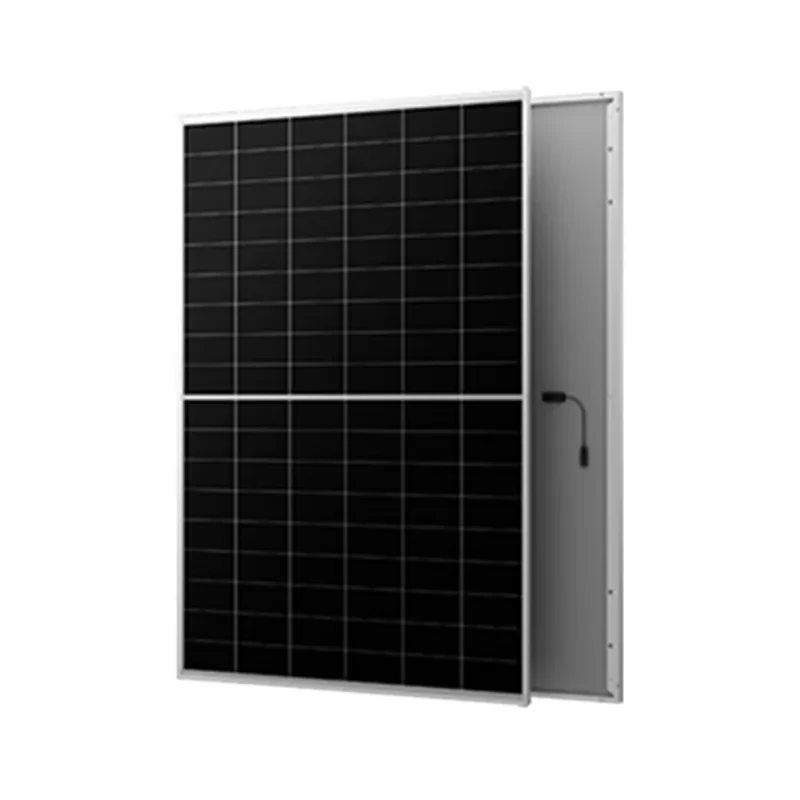theoretical maximum solar panel efficiency
Theoretical Maximum Solar Panel Efficiency
Solar energy has emerged as one of the most promising renewable energy sources in the fight against climate change and the quest for sustainable power. Understanding the theoretical maximum solar panel efficiency is crucial for researchers and engineers as they strive to develop more effective photovoltaic (PV) technologies. The theoretical maximum efficiency refers to the upper limit of energy conversion achievable by a solar cell under ideal conditions, primarily dictated by the physical and thermodynamic principles governing the conversion of sunlight into electricity.
One fundamental concept in understanding solar panel efficiency is the Shockley-Queisser limit, which dictates that single-junction solar cells under standard solar illumination can achieve a maximum efficiency of approximately 33.7%. This limit results from the fundamental physics of semiconductor materials and the solar spectrum's interaction with these materials. The efficiency is influenced by several factors, including absorption, thermalization, and radiative recombination. When sunlight strikes a solar cell, some photons are absorbed, generating electron-hole pairs that contribute to electric current. However, not all photons contribute effectively; lower-energy (infrared) photons and additional energy from higher-energy (ultraviolet) photons are lost as heat, thus limiting the efficiency of traditional single-junction semiconductor cells.
In contrast, multijunction solar cells represent a significant advancement in efficiency potential. By stacking multiple layers of semiconductor materials, each designed to absorb different segments of the solar spectrum, multijunction cells can theoretically exceed the Shockley-Queisser limit. Current research indicates that these cells can achieve efficiencies greater than 40% under concentrated sunlight. However, the complexity and cost of creating these advanced structures present challenges in terms of widespread commercial viability.
theoretical maximum solar panel efficiency

Moreover, other approaches to improving solar panel efficiency include the use of advanced materials such as perovskites, organic photovoltaics, and tandem solar cells. Perovskite solar cells, in particular, have captured attention due to their high efficiency potential, low production costs, and ease of fabrication. Research into these materials and their integration with traditional silicon cells aims to push the efficiency envelope closer to its theoretical maximum.
In addition to technological advances, the optimal design and orientation of solar panels also play essential roles in maximizing energy capture. Factors such as geographic location, time of year, and weather conditions can influence actual efficiency, making it critical to adapt solar installations for specific environments.
In conclusion, while the theoretical maximum solar panel efficiency can guide innovation, practical challenges remain. Ongoing research is essential to bridge the gap between theoretical and real-world performance, ultimately paving the way for more efficient and accessible solar energy solutions. As the world increasingly turns to renewable energy sources, advancements in solar technology will play a pivotal role in shaping a sustainable energy future.
-
Unlocking Energy Freedom with the Off Grid Solar InverterNewsJun.06,2025
-
Unlock More Solar Power with a High-Efficiency Bifacial Solar PanelNewsJun.06,2025
-
Power Your Future with High-Efficiency Monocrystalline Solar PanelsNewsJun.06,2025
-
Next-Gen Solar Power Starts with Micro Solar InvertersNewsJun.06,2025
-
Harnessing Peak Efficiency with the On Grid Solar InverterNewsJun.06,2025
-
Discover Unmatched Efficiency with the Latest String Solar InverterNewsJun.06,2025







